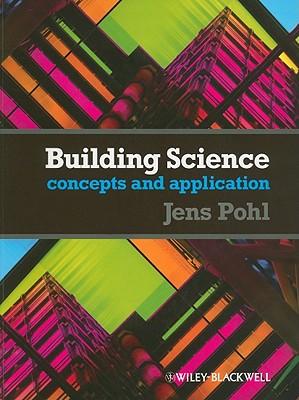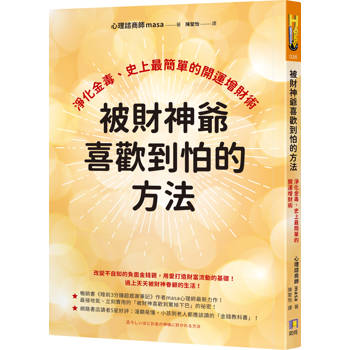The first section explores the thermal building environment and the principles of thermal comfort, translating these principles into conceptual building design solutions. The author examines the heat flow characteristics of the building envelope and explains steady state design methods that form the basis of most building codes. He discusses the sun as a natural heat source and describes the principles of active and passive solar building design solutions.
The second section introduces the scientific principles of light, color, and vision, stressing the importance of daylight in building design, presenting the Daylight Factor design concept and methodology, and discussing glare conditions and their avoidance. It also addresses artificial lighting, delving into the prominent role that electricity plays in the production of light by artificial means and comparing the efficacy and characteristics of the various commercially available light sources in terms of the energy to light conversion ratio, life span, available intensity range, color rendition properties, and cost.
The third section deals with the various aspects of sound that impact the design of the built environment, discussing the nature of sound as a physical force that sets any medium through which it travels into vibration and laying the foundations for the treatment of sound as an important means of communication as well as a disruptive disturbance.
The final section discusses the foundational concepts of ecological design as a basis for addressing sustainability issues in building design solutions. These issues include the embedded energy of construction materials, waste management, preservation of freshwater and management of graywater, adoption of passive solar principles, energy saving measures applicable to mechanical building services, and the end-of-lifecycle deconstruction and recycling of building materials and components.
• Covers the fundamental building science topics of heat, energy, light and sound
• Takes a logical and didactic approach, tracing the historical roots of building science
• Includes summaries of new technologies in solar energy and photovoltaic systems
• Features a section on the principles of sustainable architecture
• Website with answers to MC questions testing students’ learning









